How can a private company open three factories a year, survive three crises and remain a market leader for three decades? What is the secret of the people who were able to move from an academic background to achieve business success? Why are the construction, utilities, and oil and gas industry conservatives finally ready to give the green light to polymer pipes? Miron Gorilovsky, CEO of POLYPLASTIC Group, shares his 30 years of experience in operations management.
– Your company was registered on the first day of the August 1991 coup, meaning it is the same age as the new Russian state. Which stages has your company seen over the years?
– Our birthday turned out to be significant and influenced the development of our business: a new enterprise and a new Russia. We created the Company with the idea of developing production of composites; this was practically unheard of in Russia at the time, and we dreamed of launching our own high-tech enterprise. At the first stage, we focused on toll manufacturing: we bought imported raw materials and had them processed for us at Russian plants. In 1993, we purchased equipment and built our first production facility from scratch. Two years later, we moved into the production of polyethylene pipes; we bought out an adjacent facility that manufactured them, and after having taken a closer look, we decided to try it. In 1997, we knew that pipe would be our future. Just three years later, we launched the production of pipe for heating systems: we first purchased licences and then we set up our own product innovation engine, which led to the creation of a multilayer reinforced pipe.
In 2003, the Company embarked on a regional expansion, building two or three plants a year; we did not privatise anything, we built enterprises using brownfield sites – old depots and warehouses. Since 2005, our plant network has spread to the CIS, with enterprises launched in Belarus, Ukraine and Kazakhstan. We started to provide customers with a full cycle of services in 2018, from evaluating the condition of pipe systems and designing new systems, to supplying materials, carrying out installation and, in some cases, working on concessions.
I can remember, of course, the banking crisis of 1995, the rouble crisis of 1998 and the mortgage crisis of 2008. These were all testing times for us, without a doubt, but we survived – and what does not kill you makes you stronger.
– How far have the dreams you had 30 years ago been met by where you are today?
– Our dreams have come true by 20%, because a fifth of our business produces excellent composites, while the remaining 80% is something we could never have dreamt of when we set off on our journey. Our expertise in polymer materials allowed us not only to quickly launch pipe production, but also to offer new options. From day one, we boasted an R&D centre with the industry’s top specialists, so we were able to create the polyethylene grade PE 80 in partnership with LUKOIL, and we also actively participated as an eager consumer in the creation of PE 100.
Our expertise in polymer materials allowed us not only to quickly launch pipe production, but also to offer new options.
– How do the traditional and plastic pipe markets in Russia compare today? In which segments has POLYPLASTIC secured success?
– By 1991, the Soviet Union was producing more steel pipe than Japan, the USA and Germany combined, we were true “Stalinists” in that regard – men of steel who were fixed on this one material. This happened in spite of the fact that back in 1985, two licenced production facilities were built in the country to produce raw materials similar to pipe-grade polyethylene. When absolutely everyone, from designers to customers and installers, is dead-set on steel and cast iron, it is nigh-on impossible to sway their thinking. By that time, all of the developed countries had already switched to polymers, yet we continued to bury steel in the ground from sheer inertia. The consumption of polymer pipe per capita in Russia today is, unfortunately, almost 3x lower than in Europe, the USA and China at about 4 kg vs 10 kg – 11 kg.
Our dreams have come true by 20%, because a fifth of our business produces excellent composites, while the remaining 80% is something we could never have dreamt of when we set off on our journey
Since 1994, we have been actively introducing polymer technologies to help with gas infrastructure expansion; distribution networks today are almost entirely made of polyethylene – a huge shift that we have managed to usher in over the last 20 years. About 80% of gas distribution pipelines today are laid using polymers, as they are more convenient, cheaper and much more durable. Looking at water supply, we estimate that polymers represent 40%–50% of the market for pipe with a diameter of up to 100 mm, but when this rises to over 800 mm, steel and cast iron are still generally used more often, with only up to 25% of pipes for pressurised water supply in Russia made of polymers. Concrete and reinforced concrete dominate in water disposal, meaning polymers occupy no more than 5%–10% of the market, although in the USA, for example, they take up more than 50%. This is one of the reasons why our cities have problems with their sewers and are constantly flooding – storm drains should be made of polymer materials.
Polymer pipe is definitely cheaper than steel for pipe measuring up to 600 mm – 800 mm, yet the construction industry is highly conservative. A lot had to be done to change the regulatory framework, and updated building codes for water supply have just been released, something we played an active role in. A real turning point was the Russian President’s speech the opening of ZapSibNeftekhim in December 2020, when he directly stated the points that we have been trying to communicate to market players for many years. Officials at the highest level have argued that polymer pipes are not just the future, they should be implemented immediately, as utility pipes made of polymer materials can save up to 50% of resources while serving for 50 years or more.
In the utilities segment, this support from the Government had a great influence on the Ministry of Construction – it helped tip them over the edge. There has been a real revolution in the oil and gas industry: before that, polymer pipe was never used in pipeline systems installed in oil and gas fields. Since 2003, we have been repeatedly hitting this wall, so to speak; it was with great difficulty that we got a handful of projects approved by Rostechnadzor, and only now is this impenetrable wall beginning to give way. GOST standards for oil and gas polymer pipes and regulations surrounding their use are being developed as a matter of urgency; we are assisting in this process and we really hope that they will be able to adopt the initial set of documents in 2022.
Our network currently stretches from Minsk to Vladivostok. It is, of course, the megacities that invariably lead the way for the development of polymer technologies, and in this case Moscow is leading the charge.
We are truly proud of ISOPROFLEX, our flexible pipe solution for hot water supply and heating that includes up to nine layers of insulation out of the box. It is absolutely innovative
– Your company is constantly growing its footprint. How do you choose regional partners, and which regions are leading the pack in terms of plastic utility pipe adoption?
– We do not choose specific partners, rather points on the map where our network of plants should be located. Light polymer pipes cannot be transported over long distances, so logistics is crucial. We have to identify potential consumer regions and make sure that shipment distance is less than 500 km. That is why we concurrently launch a plant, a trading house and a centre of excellence – our network currently stretches from Minsk to Vladivostok. It is, of course, the megacities that invariably lead the way for the development of polymer technologies, and in this case Moscow is leading the charge. Between 2005 to 2010, we carried out a phenomenal heating system upgrade, laying 10,000 km of pipeline throughout Russia, 2,500 of which was in Moscow.
In general, the Russian regions have historically shown varied performance over different years: Moscow and the Moscow Region remain the leaders in polymer pipe consumption, the Urals and Siberia (Yekaterinburg, Tyumen, Tomsk, and Omsk) have made serious strides forward, while Rostov, Krasnodar and Volgograd have been making progress in recent years, driven by land improvement and new water pipeline projects. But there have also been disappointments: in 2016, we opened a plant in Khabarovsk ready for a series of high-profile projects in the Far East, but the plans were shelved for a long time. Only now has active construction commenced in the region, but the scope is nowhere near what we expected five years ago.
R&D is the key to our success – it allows us to regularly launch new products and keep a two to three year lead on our main competition.
Our company has always been driven by professional expertise, and most of the initial employees had an academic background. We were able to assemble a strong team, and our managing partners have not changed since 1995
– POLYPLASTIC was not founded by entrepreneurs, but by scientists. How were they able to bring their ideas to life in a business setting?
– Our company has always been driven by professional expertise, and most of the initial employees had an academic background. We were able to assemble a strong team, and our managing partners have not changed since 1995. POLYPLASTIC is private, there are no external investors, and all five managers dedicate all of their time and effort to the company. This kind of cohesion is crucial in my opinion, as it allows you to select top managers who look up to business owners and work as selflessly – ultimately, everything depends on the team.
Another element of our success is probably luck: we overcame a string of crises, offset the losses incurred when our bank went bust, saw a 4x increase in the cost of raw materials within a matter of months – all these were the toughest problems a business could face. In addition to our team’s expertise, we would not have managed without a bit of luck – no one came to our aid, but, fortunately, they did not particularly hold us back either.
But R&D is the key to our success – it allows us to regularly launch new products and keep a two to three year lead on our main competition. Over all these years, we have been investing a lot of money to upgrade our R&D capabilities, while 50% of our R&D goes towards composites and the other half is geared towards pipes, fittings and all other adjacent products. We have established an R&D centre and a research institute, and more than 100 of our employees are scientists.
The volumes of black pipe grades used by our plants are an order of magnitude higher than natural grades, so the volumes in our contracts with SIBUR may radically change.
Our partnership with SIBUR began more than 10 years ago when you first started to supply us with polypropylene. SIBUR’s production capacity ramped up, and we signed systems contracts with you, which today allow us to work out any supply issues as a partner
– When and why did POLYPLASTIC Group start to partner with SIBUR Holding? What does this partnership mean for your company and its future growth in the market?
– Our partnership with SIBUR began more than 10 years ago when you first started to supply us with polypropylene. SIBUR’s production capacity ramped up, and we signed systems contracts with you, which today allow us to work out any supply issues as a partner. We get the bulk of our PVC from SIBUR, and it is very easy to do business with you. When SIBUR launched production of pipe grade polyethylene last year, we already agreed for you to supply us with natural polyethylene; now, we are waiting for your carbon-enhanced “black” pipe polyethylene to be certified. The volumes of black pipe grades used by our plants are an order of magnitude higher than natural grades, so the volumes in our contracts with SIBUR may radically change. Agreements with major system suppliers unlock stability: just recently, the prices of raw materials have almost doubled, but companies we have signed contracts with raised prices by tens of percentage points, not 10x, and they did it gradually, not in one go. Predictability, stability, and price formulas are very important for us, and these formulas, of course, should reflect the current market movement, but not with the huge swings we observe when markets face raw material shortages.
– What parts of your company’s history are your team’s standout achievements, what can you truly be proud of?
– We are proud of being a manufacturing organisation. In 1991, focusing on production instead of resale was simply unheard of, but we went down this path and continue to grow based on our expertise. We can also be proud of our footprint: our regional expansion and network of plants that we have been able to build up across Russia and the CIS. We are truly proud of ISOPROFLEX, our flexible pipe solution for hot water supply and heating that includes up to nine layers of insulation out of the box. It is absolutely innovative – there is no similar product anywhere in the world, and we supply this pipe to Europe and China. We bought two licences, combined them and added reinforcement and several different layers to produce a unique product that no one else has been able to replicate for 20 years.
– How has your business changed after the pandemic and what awaits POLYPLASTIC in the future?
– Looking at Russia, there was practically no drop in production, we worked uninterrupted with no plants shutting, as pipe is essential for hospital construction. During the pandemic, we were even recognised as a systemically important enterprise within the Russian economy. The construction of COVID hospitals opened the industry’s eyes to the fact that polymer materials allow you to lay pipelines incredibly quickly, with water, gas, sewage and heating coming online in just one or two months, not the six months that steel pipelines require. We see an increased focus now on the Clean Water and Improving the Volga River federal programmes, environmental initiatives, as well as housing reconstruction and construction projects – all of these require utility pipe. Since 2019, our industry has seen a serious upswing, evidenced by double-digit growth in our market segment. Before that, there was a long period of stagnation and even recession; POLYPLASTIC only reached 2014 volumes in 2019. It is safe to say that we entered the pandemic firing on all cylinders and did not experience any major issues. In fact, thanks to lockdown, digital adoption at POLYPLASTIC has dramatically increased, with 40% of our employees still working from home and performing their roles in full. All meetings are online, we have gone paperless and fully leverage business intelligence – this is a step into the future for us and a way to boost efficiency.
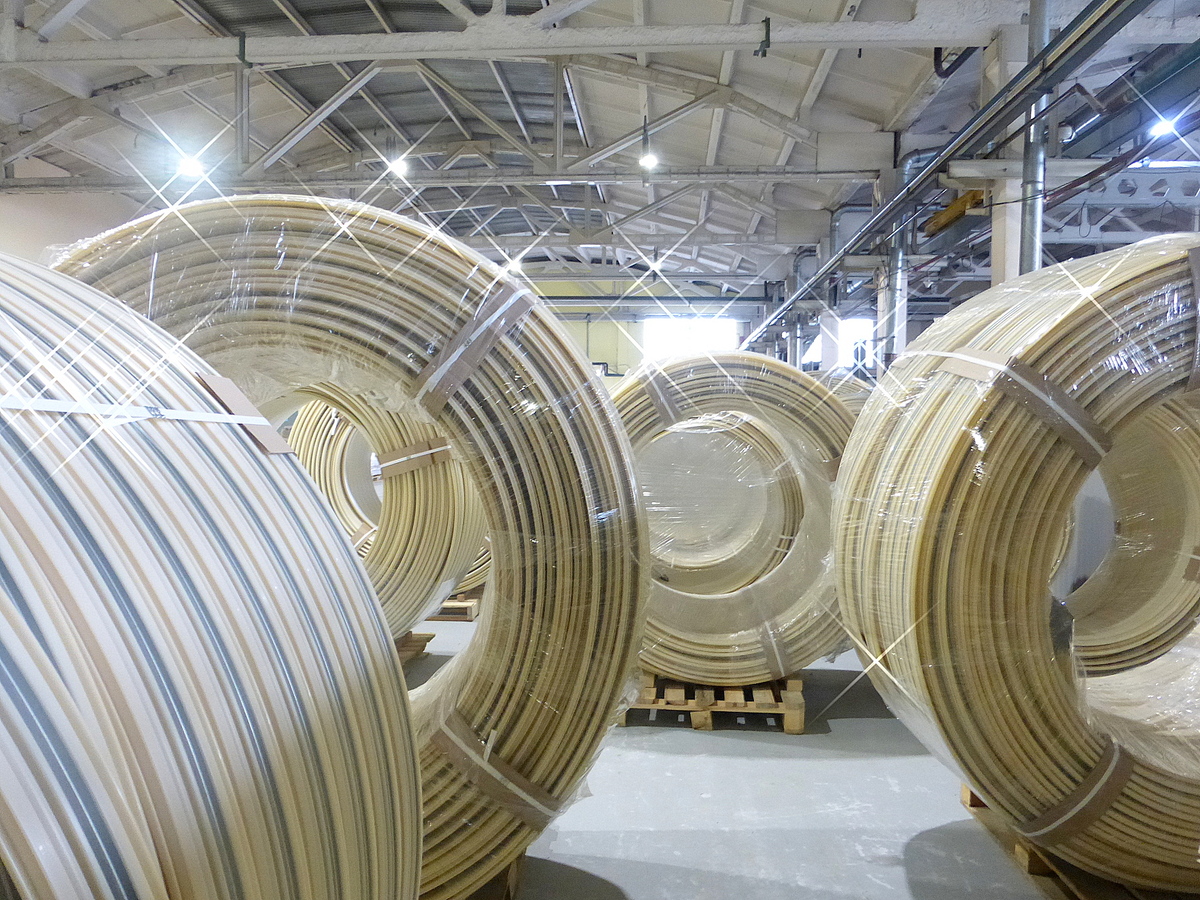
The construction of COVID hospitals opened the industry’s eyes to the fact that polymer materials allow you to lay pipelines incredibly quickly, with water, gas, sewage and heating coming online in just one or two months, not the six months that steel pipelines require.
– 30 years in business is a real marathon for any manager. What has helped you personally to achieve your goals over all these years? What tips do you most often give to each new generation of managers?
– There is no universal recipe; we all have our own priorities. I am simply interested in what I do – it was true 30 years ago as it is today. On top of this, the business goes through radical shifts every five years or so, with each stage bringing completely different tasks, people and pipe. It is like starting work at a new company every time; you look back and realise that only 10 years have passed, but the old technologies are already relics from the past.
I advise the new generation learn, learn, learn: if you do not absorb knowledge and do not try to understand something new every day, you will not succeed as a manager. My second piece of advice is to only take on as much responsibility as you can shoulder, do not always ask permission before doing something and do not shy away from bold action – otherwise you are not actually managing either. Another piece of advice is linked to your personality: you need to like, respect and understand the people you work with, your consumers and even your competitors. If you hate everyone around you and your whole life is a struggle, you will never be a good manager. No matter how smart or independent you are, you have to be a good person first and foremost.
Download PDF


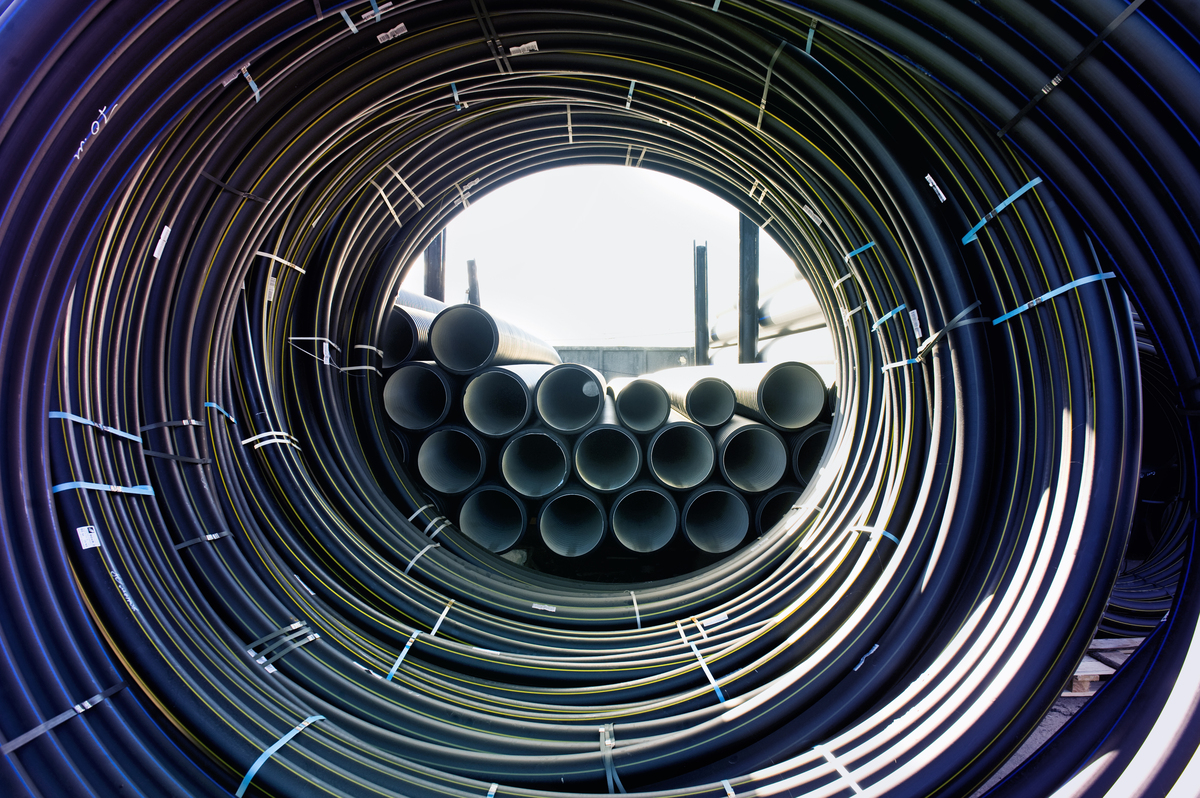
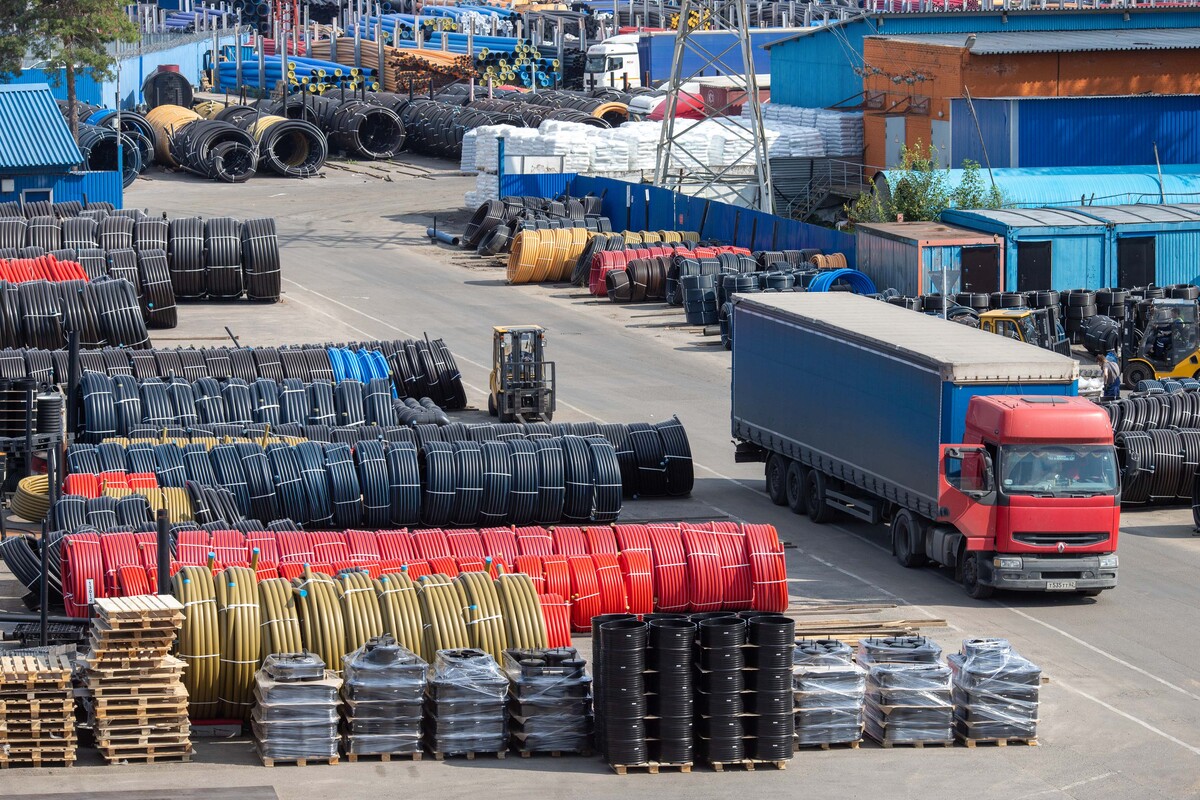
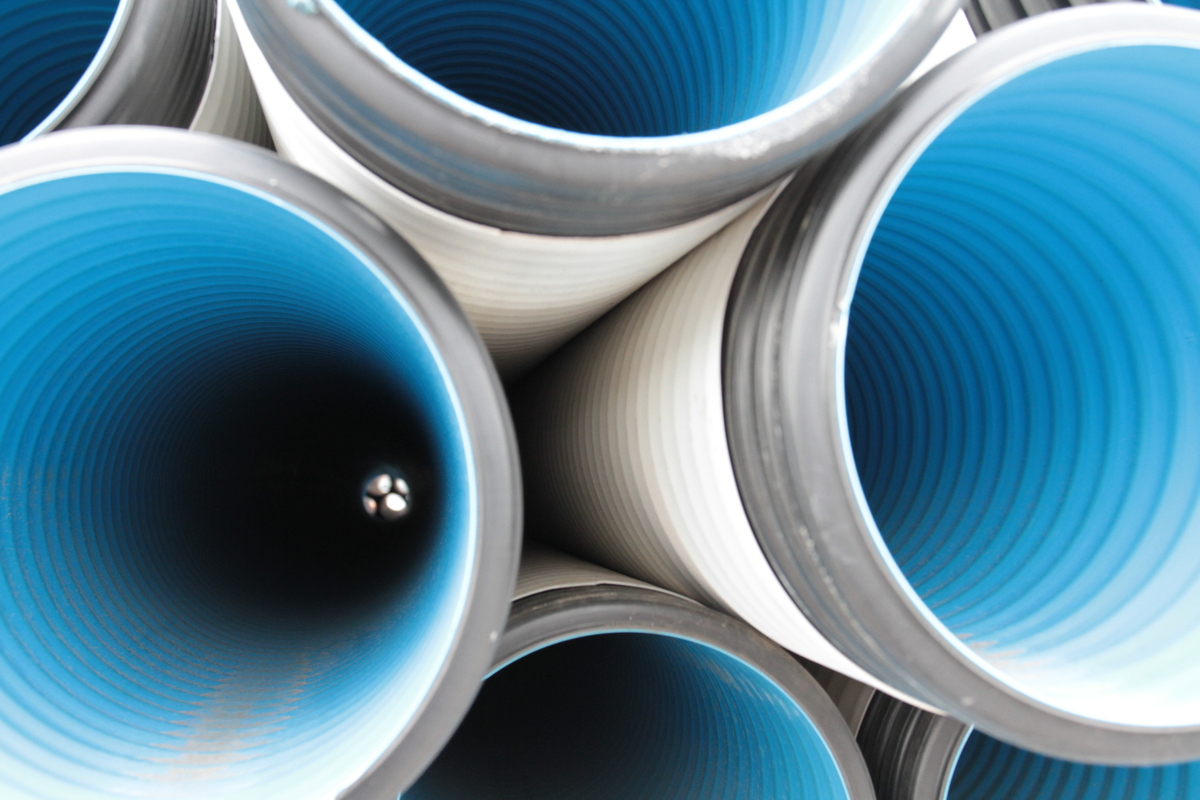
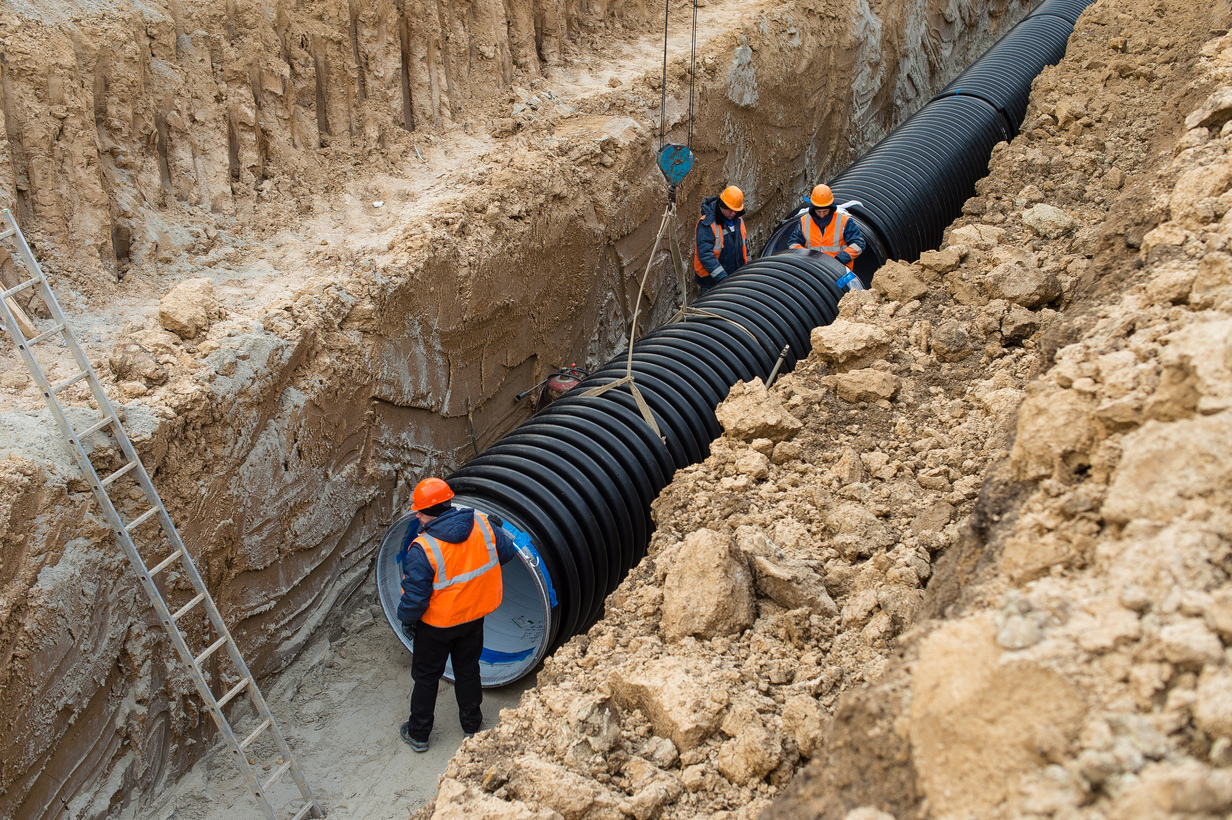




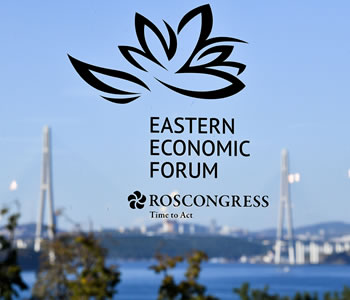
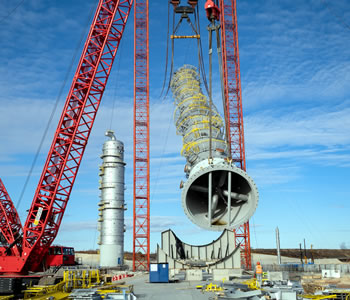
Miron Gorilovsky
CEO of POLYPLASTIC Group